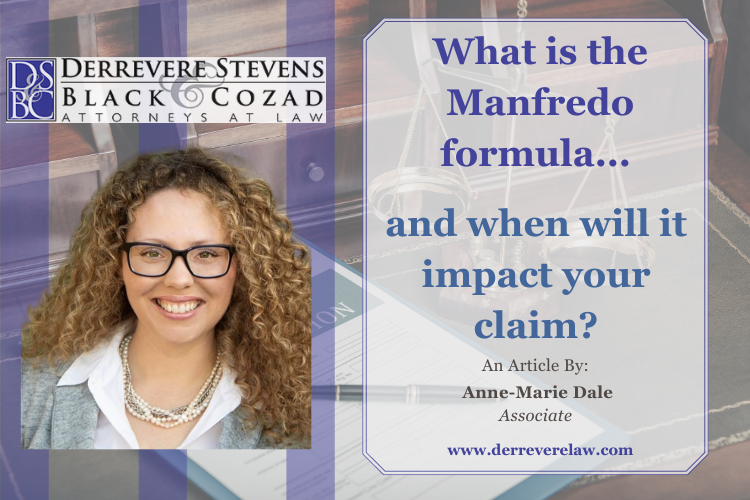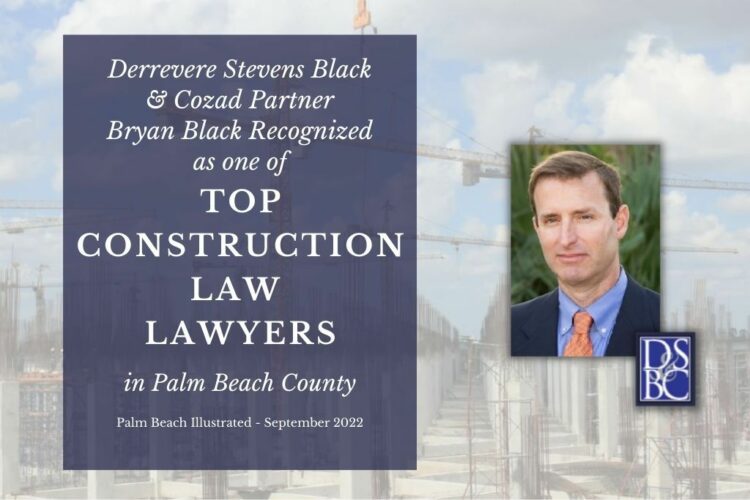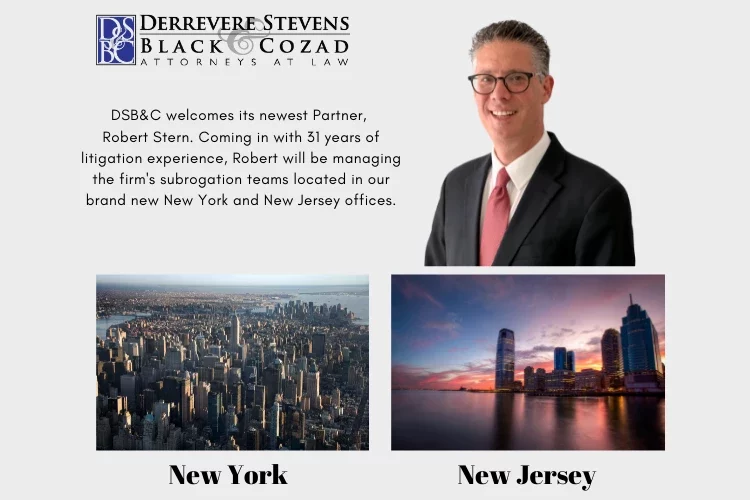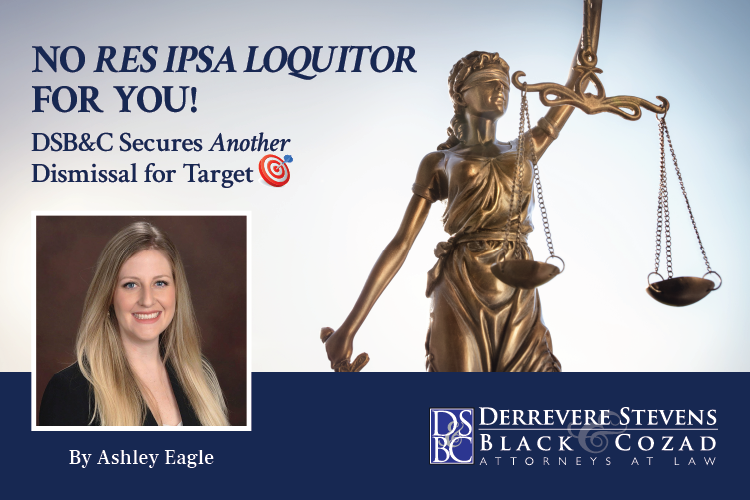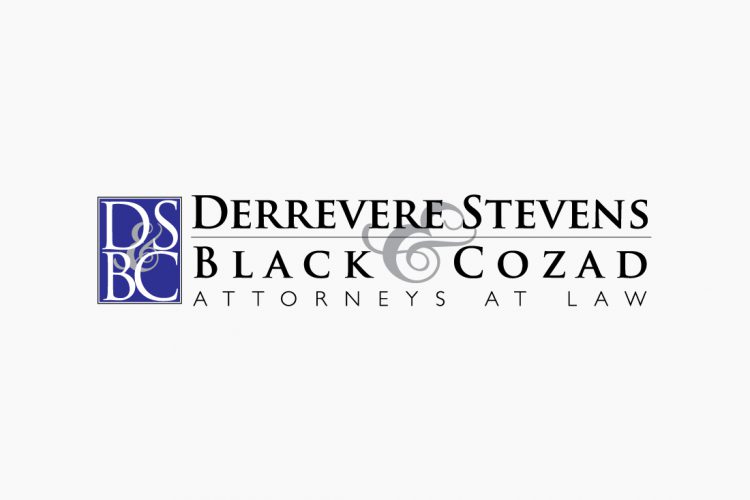November 21, 2023
What is the Manfredo formula and when will it impact your claim?
Picture this – You’ve paid out a worker’s compensation claim with ongoing medical and indemnity benefits, provided continued notice to the injured employee’s counsel of the ongoing benefits paid and even had your counsel file a Notice of Lien related to these benefits. You now receive correspondence, or a copy of a Notice of Settlement recently filed in the injured employee’s lawsuit, that the case has settled – now what do you do? Can you receive a lien reimbursement if the worker’s compensation claim is still open? What about a credit towards future medical expenses and will you need court intervention? This is a brief rundown of how to obtain as much of your worker’s compensation lien back as possible by understanding both Fla. Stat. §440.39(3) and the Manfredo formula in the process.
Florida’s statute §449.39(3)(a) will set the tone for how a lien reimbursement must go. The statute provides two ways to recover: (1) the worker’s compensation carrier will receive 100% of their lien reimbursed if the injured employee recovered the full case value (what a case is worth without considering liability or other factors); or (2) the worker’s compensation carrier will receive a pro rata portion of their lien back if the injured employee does not receive the full case value.
But what about a carrier who is continuing to pay ongoing benefits to the injured employee? In this instance, the carrier will be entitled to receive a future credit, which the carrier can apply to medical benefits paid up to the net settlement that the injured employee received in their third-party settlement with the tortfeasors. However, if the first scenario laid out above is met, the carrier will not be entitled to receive any future credit because the entire lien is being reimbursed.
However, if the injured employee did not receive the full value of their case, how does the carrier determine what percentage of the lien is recoverable? Welcome to the Manfredo formula. In 1990, the Florida Supreme Court heard a case entitled Manfredo v. Employer’s Casualty Insurance Company, which determined the appropriate method of calculating a workers’ compensation carrier’s lien percentage from the third-party suit initiated by the injured employee.
When evaluating a third-party settlement and utilizing the Manfredo formula, the worker’s compensation carrier will need the following information –
(1) Settlement amount the injured employee received from the tortfeasors.
(2) The full value of the case.
(3) Breakdown of attorney’s costs and fees associated with the case.
(4) Documentation to evaluate the reasoning behind the full case value.
(5) The lien amount –
include medical/indemnity/settlement of the worker’s compensation claim.
The lien percentage is calculated by taking the net recovery (settlement proceeds and subtract attorney’s fees and costs) from the third-party settlement and dividing this by the full case value (“FCV”) to get the percentage of lien reimbursement. Once you have the percentage, take the full lien amount and multiply that by the percentage.
Example –
$300,000.00 (Net Recovery)/$2,000,000.00 (FCV) = 15% (percentage of lien reimbursement)
$150,000.00 (worker’s compensation lien) x 15% (percentage of lien reimbursement) = $22,500.00
If, in this example, the worker’s compensation claim was still open and paying benefits, the carrier would be entitled to receive a future credit of 15% for medical expenses up to the net recovery the injured employee received, in this case $300,000.00.
The only number that is not tangible in this calculation is the full case value. This number may be obtained by considering several factors, which include reviewing a Life Care Plan and Economist Report that was prepared for the third-party case, as well as the pain and suffering component of the injured employee, and potential future surgical interventions, to name a few.
When dealing with trying to understand why the injured employee’s counsel concludes a certain number for the full case value, the worker’s compensation carrier may need to hire a full case value expert, a person who has numerous years of experience in the personal injury field, to assist with establishing a full case value, if the one received by the injured employee seems “far-fetched.”
After reviewing the documents surrounding the case, evaluating the full case value, and utilizing the Manfredo formula, if the worker’s compensation carrier is nowhere closer to getting the lien resolved, court intervention may be the next step. Either party (the worker’s compensation carrier or injured employee) may file a Motion for an Equitable Distribution Hearing. At the hearing, both parties will present their evidence as to the full case value (remember this is the only number that is not concrete). The Judge will rule and provide the parties with what he/she determines the full case value to be, which will then provide the worker’s compensation carrier with their lien reimbursement figure.
Knowing what to expect early on when the injured employee’s third-party case is still in suit will assist with resolving your lien sooner once a settlement is reached. If you are an insurance company in need of assistance with filing lien notices and evaluating a lien reimbursement resolution, we are here to assist.
Cites –
Florida Statue §440.39 – http://www.leg.state.fl.us/statutes/index.cfm?App_mode=Display_Statute&Search_String=&URL=0400-0499/0440/Sections/0440.39.html
Manfredo v. Employer’s Casualty Insurance Company, 560 So. 2d 1162 (Fla. 1990).
October 26, 2022
Bryan Black Named Top Construction Law Lawyer in Palm Beach County
We are proud to announce that Derrevere, Stevens, Black & Cozad partner Bryan W. Black has been named as a top construction law attorney in Palm Beach County!
May 31, 2022
DSB&C Welcomes Robert Stern
Robert A. Stern has joined Derrevere Stevens Black & Cozad (“DSB&C”) as a Subrogation Partner, and will manage its New York and New Jersey offices. Robert was formerly a shareholder, Board of Director and Chair of Clausen’s Miller’s Subrogation group. Robert presently serves as Vice President of the National Association of Subrogation Professionals.
September 30, 2021
No Res Ipsa Loquitor for You: DSB&C Secures Another Dismissal for Target
In Urena v. Target Corp., Plaintiffs, as parents and natural guardians of their minor child, claimed their daughter sustained physical injuries when she struck an end cap in Target’s Palm Beach Lakes store while shopping with her mother and grandmother.
December 13, 2019
Fourth District Court of Appeals Affirms Summary Judgment in Construction Defect Case.
January 15, 2021 Update – Bryan W. Black, Esq.
In June 2020, at the Fourth District Court of Appeals, Appellant/Plaintiff sought plenary review of the final “Order on Defendant’s Motion for Final Summary Judgment”. Appellant argued that (1) the lower court erred in granting final summary judgment in favor of Appellee/Defendant since failure to comply with the notice requirement of Fla. Stat. 558.004 is not dispositive of an action requiring dismissal with prejudice and (2) that the lower court erred in granting final summary judgment in favor of Appellee since Appellant substantially complied with the notice requirement of Fla. Stat. 558.004. Appellee/Defendant timely responded with its Answer Brief describing how “Plaintiff has no evidentiary basis for a claim for damages and has no disputed issues of fact to be determined by the jury” pursuant to Fla. Stat. 558.004(11).
On January 14, 2021, the Fourth District Court of Appeals Affirmed Per Curiam the Trial Court’s ruling. The Fourth District also granted Appellee’s Motion for attorney fees conditioned on the Trial Court’s determination that Appellee is entitled to fees under section Fla. Stat. 768.79. The ruling is not final until disposition of timely filed motion for rehearing.
Case Description:
Boca Raton, Florida Homeowner alleged in a Complaint that Defendant Roofer’s Stone-Coated Steel Roof and flat deck TPO installation was defective, violated Florida Building Code, violated workmanship standards and breached its Contract. The defective installation allegedly resulted in significant water and mold damage to the home’s interior. Homeowner allegedly suffered compensatory damages in excess of $100,000, incidental and consequential damages, and sought attorney’s fees.
Defendant moved for Final Summary Judgment arguing that Plaintiff failed to provide Defendant with the mandatory statutory Notice and Opportunity to Repair/Cure, as required by Florida Statute §558.004 and, therefore, pursuant to Florida Statute §558.004(11), Plaintiff was prohibited from going to trial against Defendant on any “unnoticed” defects. After hearing argument, the Court found that Plaintiff failed to comply with Fla. Stat. §558.004(1)(a), and pursuant to Fla. Stat. §558.004(11) the court shall allow the action to proceed to trial only as to alleged construction defects that were noticed and for which the claimant has complied with this chapter and as to construction defects reasonably related to, or caused by, the construction defects previously noticed. As a result of Plaintiff’s failure to comply with the mandatory requirements, Plaintiff had no evidentiary basis for a claim for damages and had no disputed issue of fact to be determined by the jury. Therefore, Final Judgment in favor of Defendant was granted.
December 2, 2019
A Win for Subro in a Florida Commercial Landlord/Tenant Dispute
On February 7, 2015, a fire ripped through a 5 Napkins Restaurant on South Florida’s popular outdoor retail strip on Lincoln Road in South Beach. The damages to the building were extensive and ultimately caused the restaurant to close. Michael B. Stevens, Esq., and Mary Grecz, Esq., from Derrevere Stevens Black & Cozad filed a subrogation lawsuit on behalf of the landlord’s carrier, Zurich American Insurance Company, against a number of contractors involved with the maintenance and installation of the hood system, fire suppression system, and its insured’s tenant, Puccini, LLC. The tenant immediately moved to dismiss the Complaint on the basis that, while not a named insured under Zurich’s insurance policy, they should be considered an implied co-insured and, therefore, Zurich should be barred from subrogating against them. The trial court ultimately agreed with the tenant and dismissed Zurich’s lawsuit with prejudice. An appeal was then taken by Zurich to the Third-District Court of Appeal.
On appeal, Zurich’s primary argument was that the trial court had used the wrong standard to evaluate whether the tenant should be considered an implied co-insured under the Zurich policy. In dismissing the Complaint, the trial court had relied heavily on the fact that part of the tenant’s rent was used to pay a portion of the premiums for the Zurich policy. The trial court all but ignored the remainder of the lease which placed the risk of loss for a fire on the tenant and never shifted it back to the landlord. The Third-District Court of Appeal, in reversing the trial court, utilized the “Case-By-Case” approach, and found that when looking at the lease as a whole, even though a portion of the premium was paid for with the tenant’s rent, it was clear that the intent of the parties was for the tenant to bear the risk of loss in the event of a fire. The tenant thereafter sought review by the Florida Supreme Court which ultimately declined jurisdiction on September 10, 2019, thereby sending the case back down to the trial court for Zurich to continue its pursuit of the tenant.
August 24, 2018
Michael Stevens and Mary Grecz to Present at 2018 NASP Annual Conference
Michael Stevens and Mary Grecz will both be presenting at the 2018 National Association of Subrogation Professionals’ (“NASP”) Annual Conference in Orlando, Florida.
Mr. Stevens will be presenting on the topic of Ethical Management, which will cover managing employees on both the insurance carrier and law firm sides.
Mrs. Grecz will be presenting on the topic of Marine Subrogation Claims, which will focus on best practices for marine loss investigations and avoiding potential legal pitfalls.
Additional detail can be found on the NASP website here.
November 2, 2017
Big Firm News!
The West Palm Beach-based law firm of Derrevere Hawkes Black & Cozad has recently changed its name to Derrevere Stevens Black & Cozad. Along with the name change, Michael B. Stevens has become the Managing Partner for the firm’s new satellite office in Boston, Massachusetts. Mr. Stevens manages the Insurance Subrogation and Real Estate Divisions for the firm.
In addition, Derrevere Stevens Black & Cozad would like to welcome Attorney Marjorie Levine to the firm. Ms. Levine is the sixth member of our Architect and Engineer Professional Liability Division.
November 1, 2017
Bryan Black to Speak at 2018 XL Catlin Adjuster Webinar
Attorney Bryan Black will be speaking at next year’s XL Catlin Adjuster Webinar.
Mr. Black will be speaking about Pre-Suit Mediation and Alternative Dispute Resolution Clauses.
September 13, 2017
Michael Stevens and Teddy Stevens to Speak at 2017 NASP Annual Conference
Michael Stevens and Teddy Stevens will be speaking at the National Association of Subrogation Professionals Annual Conference in Austin, Texas on November 7, 2017.
The title of the presentation is: Yes, but is it classy (ethical)?: A year in review of effective/ineffective communications and how to handle it with class. A re-education on how to communicate with each other in a way that is polite, respectful, effective, and especially – ethical.
Starting with ethical standards applicable to all attorneys, the session will go through real life anonymous examples of communications from the past year that show the highs and lows people have used to express themselves to opposing counsel, clients, third-parties, courts, the media, and others. This session will shed light on the dark side of poor communicators and help everyone handle those situations with more class, and in turn, greater success.
For more information, visit the event website.

